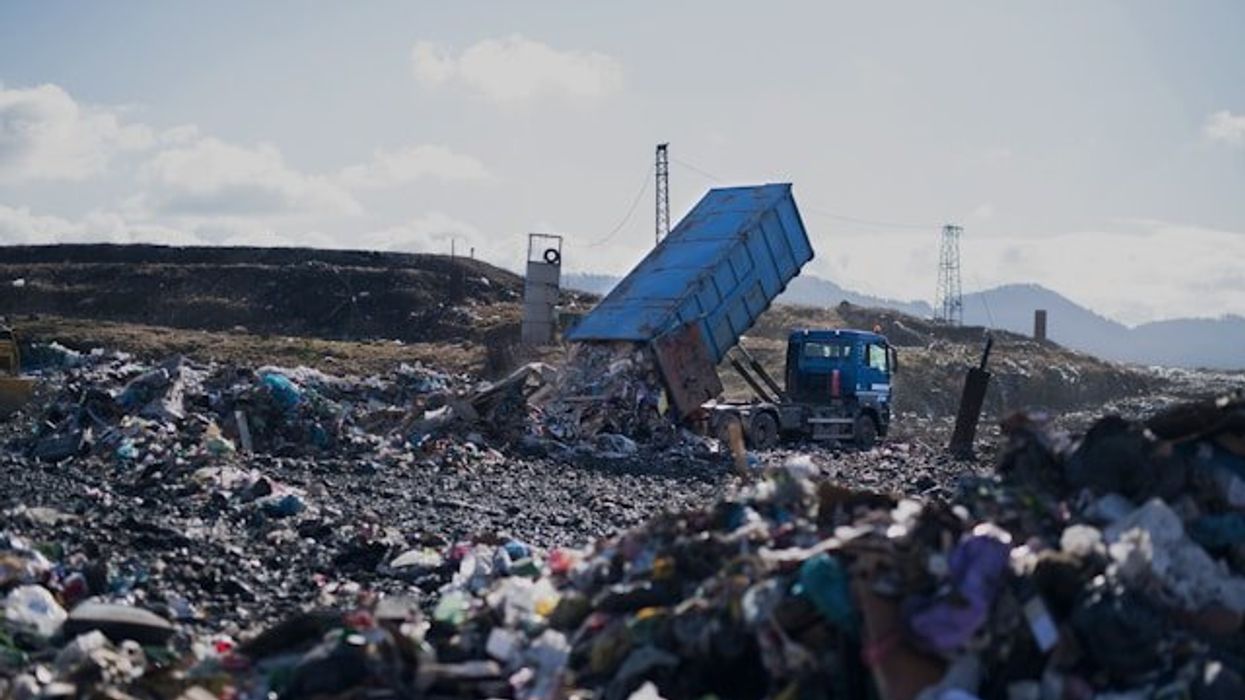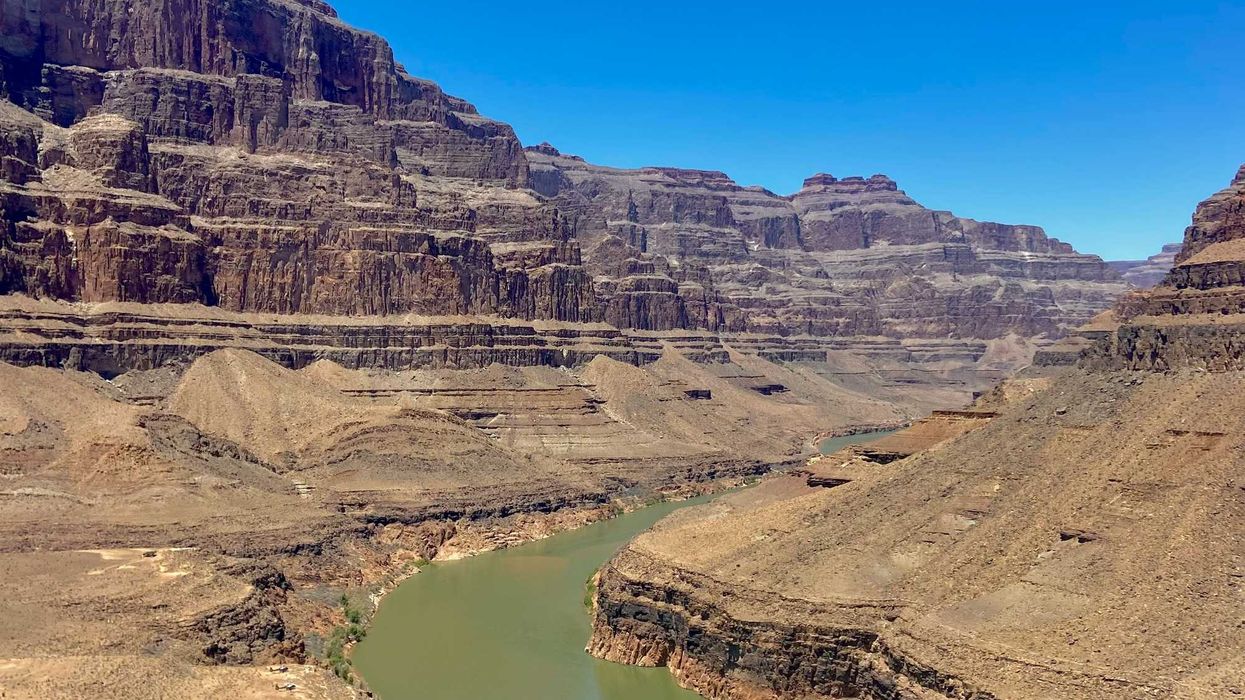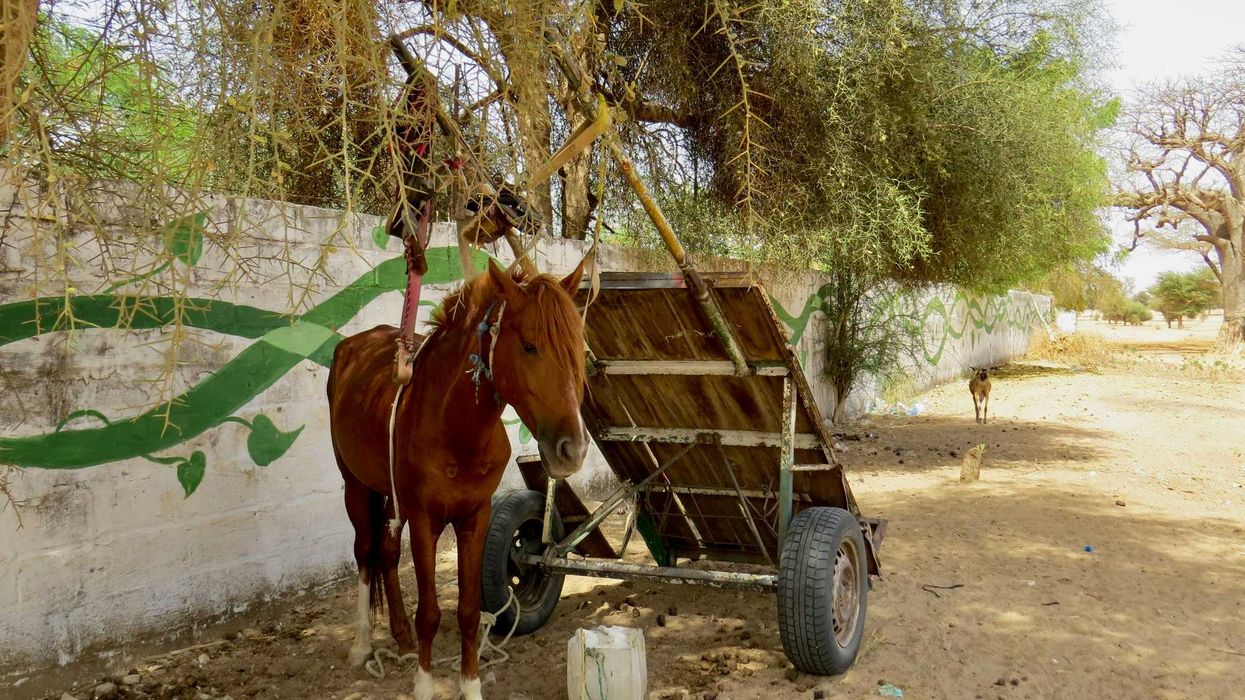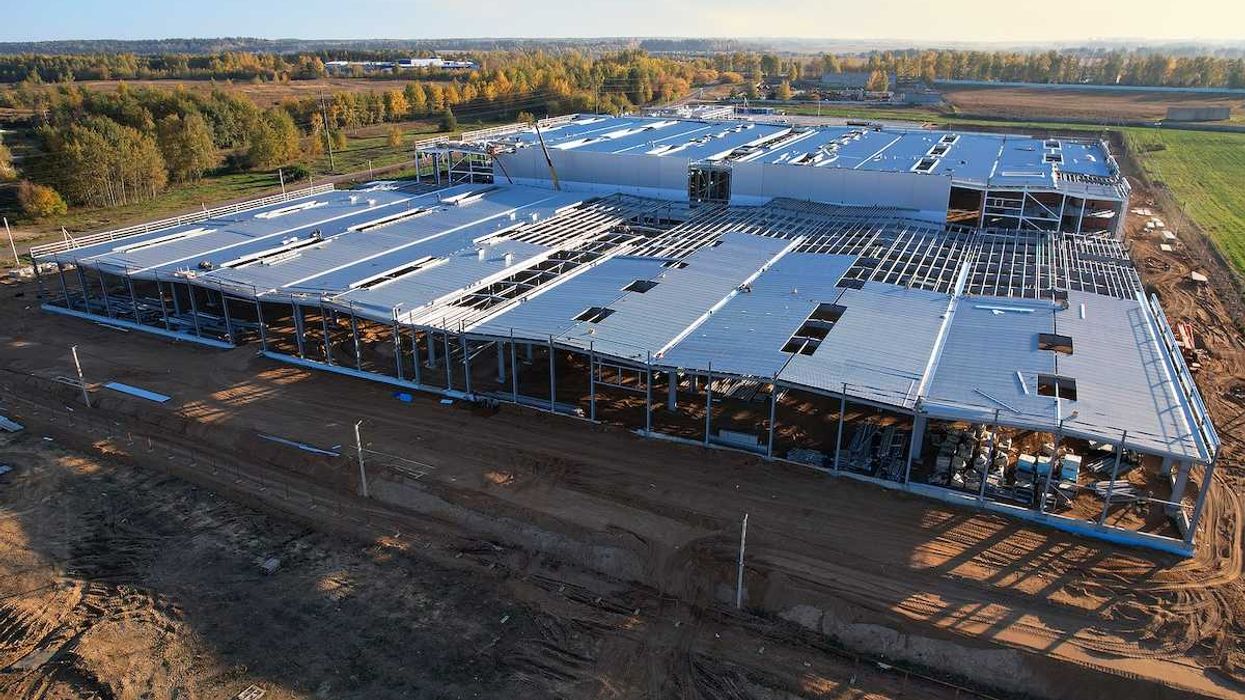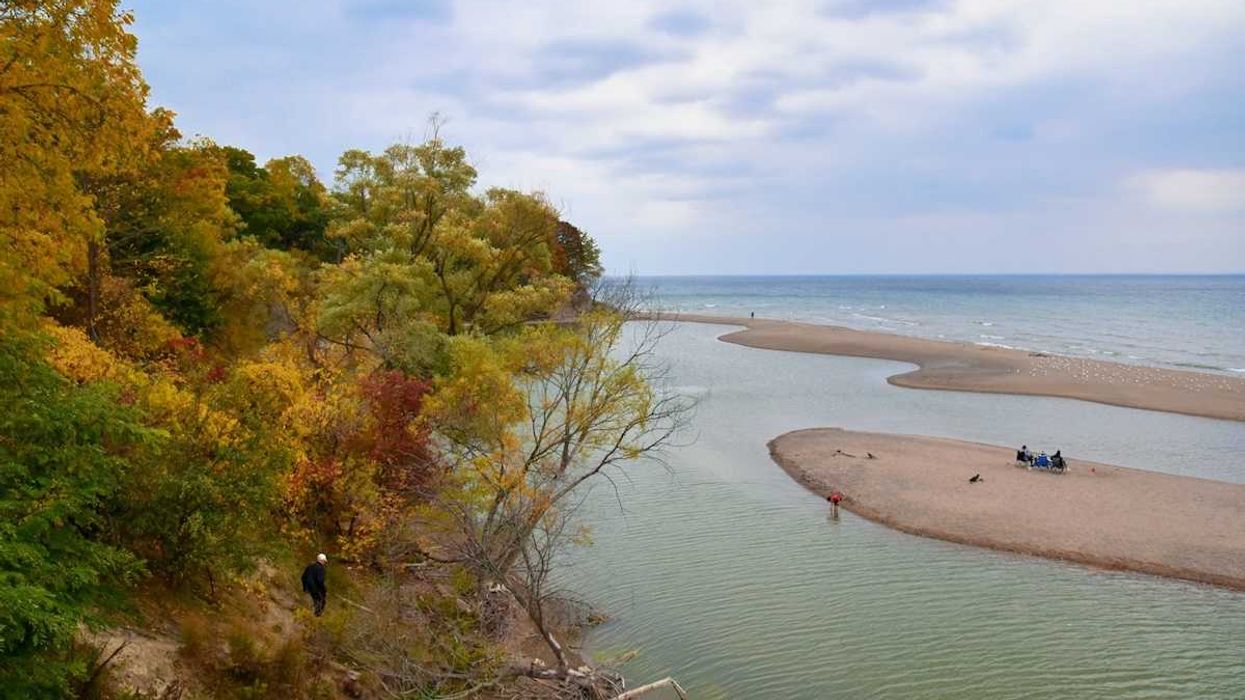Residents near the Chiquita Canyon Landfill in northern Los Angeles County have suffered worsening health problems as state officials struggle to address runaway chemical reactions and toxic emissions from one of California’s largest landfills.
Liza Gross reports for Inside Climate News.
In short:
- The Chiquita Canyon Landfill has released massive quantities of methane, benzene, toluene, and other hazardous pollutants, with regulators citing over 360 violations since 2023 for causing public nuisances and exceeding emission limits.
- Residents in nearby towns like Castaic and Val Verde report serious health problems, including migraines, tremors, miscarriages, and cancer, which they believe are linked to the landfill’s emissions and an underground chemical reaction described as an “elevated temperature” event.
- Despite repeated appeals to state officials, including requests for emergency declarations and relocation assistance, no such orders have been granted, prompting lawsuits from thousands of affected residents and mounting pressure on regulators and lawmakers.
Key quote:
“The landfill is making money and we’re getting sick. I’m literally paying the price for it with my life and my life savings.”
— Elizabeth Jeffords, local resident
Why this matters:
Landfills are often sited near low-income communities and communities of color, raising environmental justice concerns when those facilities fail to contain their emissions. Methane, a potent greenhouse gas, contributes significantly to climate change, while chemicals like benzene are known to cause cancer and other severe health problems. In California, which promotes itself as an environmental leader, the Chiquita Canyon case exposes regulatory gaps and questions of accountability. Residents living with chronic symptoms, toxic air, and contaminated soil and water face long-term health consequences, especially when oversight lags or industry interests override public welfare.
Learn more: Federal environmental justice shutdown leaves rural communities at risk

